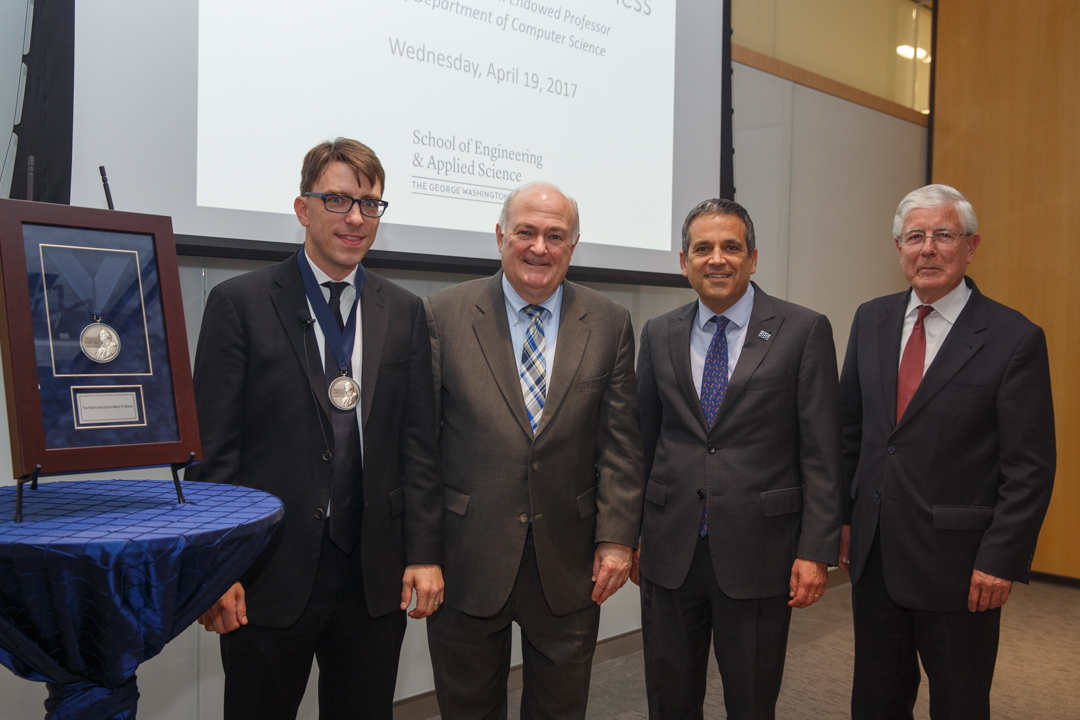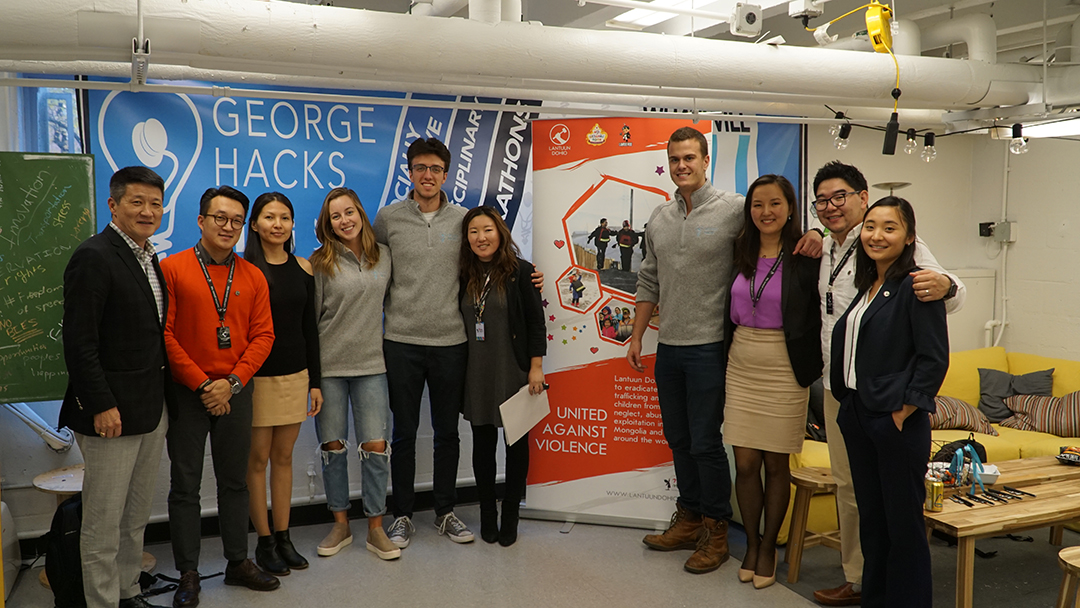By Kristen Mitchell
Through computer vision and machine learning, a School of Engineering and Applied Science professor developed a database of hotel photos that will help law enforcement investigating human trafficking cases better understand a suspect’s pattern of behavior.
Robert Pless, Patrick and Donna Martin Professor of Computer Science, was recently awarded a two-year, $1 million grant from the Department of Justice to continue and expand a project that helps law enforcement identify specific hotel rooms where they suspect illegal activity has taken place.
Using a database developed by Dr. Pless and his research team, law enforcement can take photographic evidence collected as part of an investigation and search for similar photos. The database compares these with photos submitted by hotel patrons through the smartphone app TraffickCam and photos from a travel website for a match, which can tell investigators key information about where the photo was taken, including the specific hotel or hotel chain.
Knowledge about where a specific photo was taken could help law enforcement determine whether a survivor is moved across state lines or a particular location serves as a hotspot for trafficking that may be used again in the future. This information could also open the door to additional investigative resources, Dr. Pless said.
The new DOJ funding will allow Dr. Pless and his team to refine the database and improve its ability to better identify background objects like lamps or shower curtains. This will improve the computer’s ability to differentiate locations.
“Often the pictures that come up in their investigations, they don’t show the whole room,” Dr. Pless said. “They’re sort of zoomed in on a victim and maybe you see a weird lamp on the side and so this grant is about trying to make that searching by the weird objects part work.”
This tool is currently only accessible to the collaborators from the St. Louis County Police Department and the National Center for Missing and Exploited Children, who handle any queries from outside agencies.
One of the challenges posed by this project is that hotel chain decor can have varying levels of consistency across regions. Motel 6 locations in different cities, for example, tend to feature the same bedspread and runner at the foot of the bed, Dr. Pless said. Other chains might permit different locations to purchase a wide variety of bedspreads, furniture and carpet as long as they comply with company style guidelines.
The search tool is not perfect, Dr. Pless said, but it is typically more accurate than humans. If someone runs an image of a hotel room, the database will be able to identify that room 20 to 50 percent of the time.
“We’re really good at guessing the chain,” Dr. Pless said.
TraffickCam garnered some media attention in 2017, which sparked people to download the app. Today more than 250,000 hotel patrons use the app to upload hundreds of new photos a day. These photos go a long way in teaching the computer to recognize rooms and see past bad lighting, different angles, scattered belongings and reflections of a flash in the window. Without user-submitted photos, the machine-learning system would rely only on photos from travel sites, which tend to be extremely clean and well-lit—a far cry from most evidence police are working with.
Teaching the computer to recognize that a poorly lit picture might be of the same room in a well-lit photo is an important piece of data, Dr. Pless said.
Dr. Pless’ expertise is in computer vision. He writes programs that seek to automatically interpret images and tackle issues that range from identifying health problems in images of beating hearts to locating where in the world an outdoor photo was taken. He launched the TraffickCam project four years ago while working at Washington University in St. Louis when one of his Ph.D. students, Abby Stylianou, connected with a nonprofit group who wanted better tools to combat human trafficking. The National Institute of Justice grant funding will allow her to become a research scientist at GW to continue this work.
“I like working on the theoretical part of computer vision and understanding how to design crazy new video cameras that would be better for self-driving cars or better to track where your hands are for virtual reality,” Dr. Pless said. “But I also like going very directly to problems and outcomes.”
Richard Souvenir, an associate professor of computer science at Temple University, is a co-investigator on the two-year grant.




